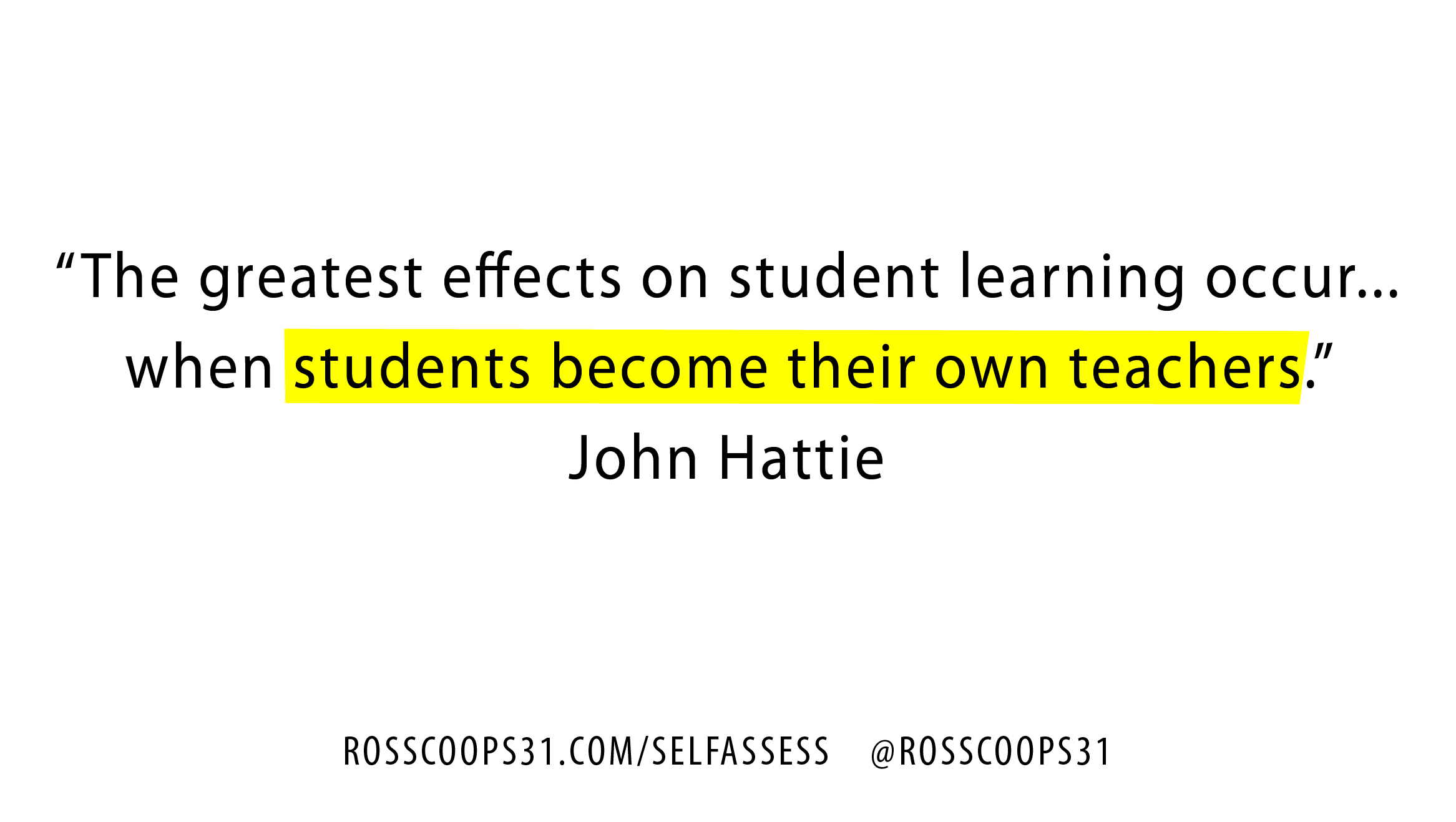
The following is an excerpt from Chapter 4 of Project Based Learning: Real Questions. Real Answers.
Direct instruction, however, has developed negative connotations, especially among fans of project based learning and inquiry. Yet, in Visible Learning for Teachers, John Hattie tells us, “One of the more successful methods for maximizing the impact of teaching and enabling teachers to talk to each other about teaching is direct instruction…often incorrectly confused with transmission or didactic teaching (which it is not).” In reality, didactic teaching relates to slow-paced lectures, and we need a broader definition of direct instruction. Even in a learner-centered classroom, the teacher fills the critical role of content infuser, providing students with new information to ponder, question, challenge, and learn.
When we made the jump to project based learning, we embraced it a bit too much, and for some time, we looked down on direct instruction. Now, thanks to more experience, we know that our students benefit when we strategically leverage direct instruction throughout our PBL units. More specifically, during project based learning, we have found that direct instruction emerges in three distinct ways: proactive, reactive, and learning detours.
Proactive Direct Instruction
Generally done with the whole class, this instruction can involve:
- Content the majority of students will need as background knowledge to engage in the project
- Content related to common misconceptions
- Content students need to learn, but might not uncover on their own as they work through their projects
- Specific jobs, skills, or tools the majority of students will want to execute or use, but will require assistance
In all instances, ask yourself: “Will the majority of my students be better off if I simply ‘feed them’ this information ahead of time, or should I make them work for it?” If you think you’re going to end up with a struggle that makes students unnecessarily anxious rather than a productive struggle that leads to deep learning, proactively teach the content.
To inform that decision-making, consider what you know about your students (pre-assessments can help), what you know about the content, what you know about the project, and how much time you’re willing to dedicate to it. Once you decide content is worth teaching, address it close to the time when students are going to need it: before or toward the beginning of the project, or during the project prior to students bumping into it. This is called just-in-time learning.
Reactive Direct Instruction
This is the crux of differentiated instruction, when you are in the middle of a project and recognize that students need additional support. This instruction, which generally comes in three forms, directly relates to the conferring we discussed in the previous chapter:
- One-on-one conferring helps you meet a student’s unique needs.
- Group instruction helps you meet a group’s unique needs during a group project, or during an individual project when several students are demonstrating the same need.
- Whole-class instruction can take place when the majority of students are demonstrating the same need.
Most of the time, content will relate to the project’s learning targets. However, it may also relate to:
- Specific jobs, skills, or tools the majority of students will want to execute or use, but will require assistance
- Group remediation when students struggle to collaborate
- Project directions, especially if you were accidentally unclear as to what you wanted students to accomplish
Learning Detours
If students know what they have to accomplish, they are more likely to take ownership of their learning. Of course, on their way to their goals, they’ll probably take their work in directions that include their passions and interests, which may not be encompassed by academic standards. Or students may stumble upon an unanticipated phenomenon or idea. If that happens, you can react in one of two ways. You stifle student curiosity if you reply with, “That’s not what we’re learning!” but you nurture students’ inquiring minds when you allow for them to investigate their questions.
Nurturing students’ curiosities supersedes covering the curriculum. #RealPBL Click To TweetNurturing students’ curiosities supersedes covering the curriculum. As much as possible, allow for these learning detours either during the project or outside of project time during something like Genius Hour. There will be times when a detour is too long or when you feel the learning won’t be beneficial. In these cases, it is helpful to have a parking lot for students to store, share, and possibly collaborate over their findings. When students post their thoughts publicly, it validates their thinking while also creating a platform to inspire the ideas of others.










